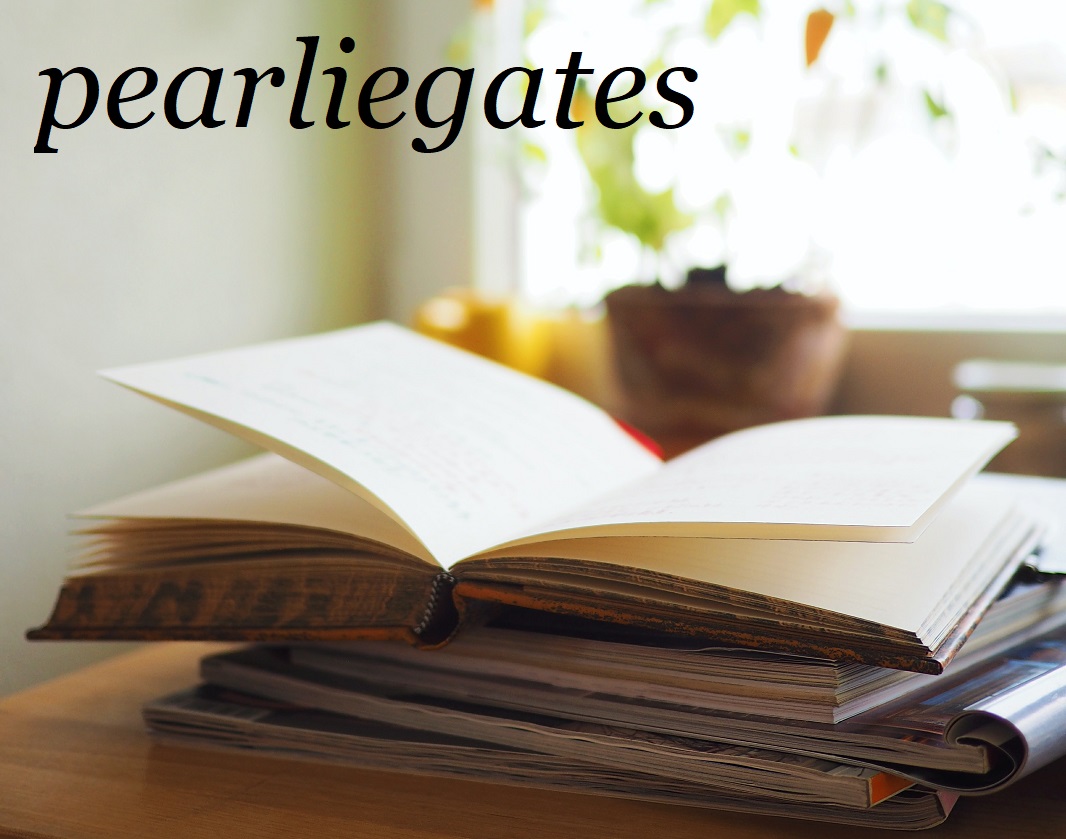
People of the Book, A Novel
By Geraldine Brooks (Penguin, 2008)
Words do not do justice to how I feel about reading this book. Just that of all the novels I have read in my entire life, this is certainly one of the most amazing one. The intrigue, the mystery, the inter-connections between the stories are astounding. And if you are a lover of historical fiction, I fully recommend you this book.
The story is wrapped around a real book or manuscript, the Sarajevo Haggadah.
A Haggadah is an illuminated manuscript that contains the illustrated traditional text of the Passover Haggadah, a Jewish text that used during the Passover meal. It contains the narrative of the Israelite exodus from Egypt, special blessings and rituals, commentaries from the Talmud, and special Passover songs. An illuminated manuscript is a manuscript in which the text is supplemented by the addition of decorations, illustrations and usually decorated with gold or silver.
Very little is known about the Sarajevo Haggadah. From the little known facts about the manuscript, Brooks has woven an amazing story around it. It revolves around a manuscript conservator as she was assigned to conserve the Haggadah. As she worked with the manuscript, she extracted "history" from in it, in the form of an insect wing, a feather, wine stains, salt stains, and a piece of white hair. The story of the Haggadah is then interwoven with the people in five stories of different times. I love the mystery and intrigue they tell.
And I must say that People of the Book this is a big volume; big not in the sense of the length of the book, it is after only 372 pages in print, but big in terms of the subject it holds. I learnt much about life as it was in Sarajevo with its religious diversity, with adherents to Islam, Orthodoxy, Catholicism and Judaism coexisting there for centuries. You will be amazed at how the people coexist there and how they hang on to their relationship despite their differences, the sacrifices the made,and the sufferings they had to endure. And yet, they held on to their friendship, with one another even though their differences and similarity of beliefs can steer them to unbelievable atrocities as it did happen in various levels in various parts of the world over the last few centuries. I also learnt, as I diverted here and there (to Wikipedia mostly), about the Spanish Inquisition, manuscripts preservation, and anthropodermic bibliopegy amongst others.
From the beginning of the book, I was mesmerized when the story was intensely into the conservation of the manuscript. It was interesting to get acquainted with the inks and the colours that we take for granted. Let me quote this paragraph in the book:
I turned a page. More dazzle. The illuminations were beautiful, but I didn't allow myself to look at them as art. Not yet. First I had to understand them as chemicals. There was yellow, made of saffron. That beautiful autumn flower, Crocus sativus Linnaeus, each with just three tiny precious stigmas, had been a prized luxury then and remained one, still. Even if we now know that the rich color comes from a carotene, crocin, with a molecular structure of 44 carbon, 64 hydrogen, and 24 oxygen, we still haven't synthesized a substitute as complex and as beautiful. There was malachite green, and red; the intense red known as worm scarlet -- tola'at shani in Hebrew-- extracted from tree-dwelling insects, crushed up and boiled in lye. Later, when alchemists learned how to make similar red from sulfur and mercury, they still named the color "little worm" -- vermiculum. Some things don't change -- we call it vermillion even today.
I just love how Brooks has put hard facts and delightful fiction together. It is a reader's haven. If you are into manuscripts, text, lives of the Jews, Muslims and Christians, mystery and intrigue, this book is for you.
One more thing about fiction that gets to me -- the ending -- it has to be perfect. And this book does not disappoint. It is not perfect perfect, but it was satisfying.
I will definitely read it again, and this round I will be able to recognize the "aha" portions, and I am looking forward to it.
pearlie

I love this book when I first read it. This is definitely a book for bibliophilic people with a religious bend :)
ReplyDeleteHave you read any of Chaim Potok's books?
This is definitely a book for bibliophilic people with a religious bend.
ReplyDeleteHaha...definitely.
Which of Chaim Potok's book would you recommend? The only e-book version available in my Kobo reader is Davita's Harp.